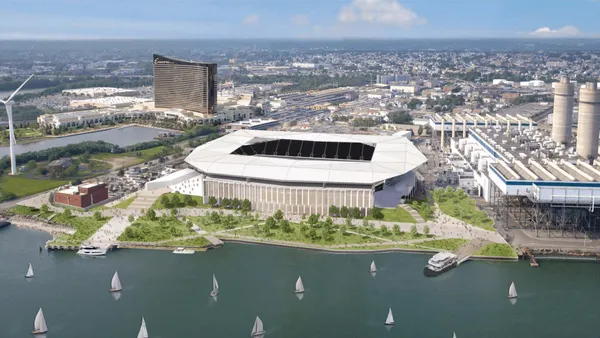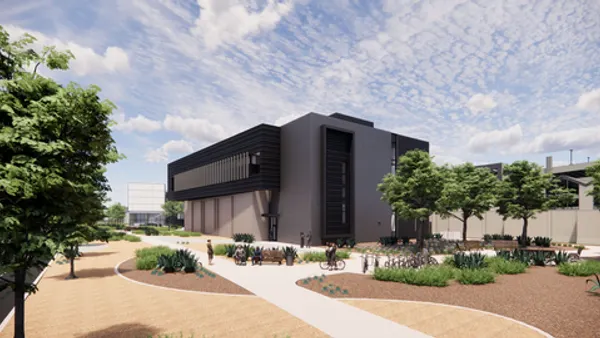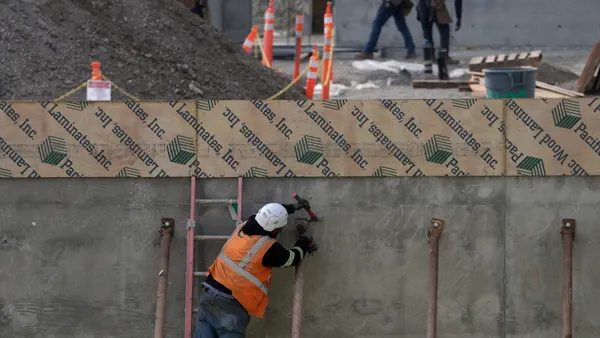Dive Brief:
-
An investor in Arconic, the U.S.-based company that manufactured the cladding whose combustible insulation allegedly fueled the deadly Grenfell Tower apartment fire in London, has filed a lawsuit against the company over losses as a result of falling share prices, according to CNN Money.
-
Shareholder Michael Brave claims that Arconic made "false and misleading" statements when it did not inform shareholders about where and how the Reynobond PE panels were being used. The lawsuit also seeks class-action status.
-
The company previously stated that it knew the PE panels were being installed at the roughly-200-foot-tall Grenfell, despite their own guidelines that the panels not be used at heights of more than roughly 33 feet. After those heights, incombustible material must be used. The company told Reuters that it was not responsible for determining whether uses of its product are code-compliant.
Dive Insight:
Arconic's share price plummeted after the company said it would stop selling the panels for use in high-rise applications. The decrease in share value has resulted in a $2.5 billion drop in Arconic's market value, according to Reuters. The June fire took at least 80 lives and prompted UK officials to say they will fund the testing of up to 100 towers a day, all of which could have the same combustible cladding, the Guardian reported.
Officials said the exterior insulation used on the Grenfell Tower and an unknown number of other towers may not be compliant with local building codes.
Whether the panels were permitted at the heights they were installed has yet to be formally determined. And while mere oversights or sheer neglect at that scale are rare in construction, they do happen.
The owners of condominiums in San Francisco's new Millennium Tower have not had to deal with a tragedy like those who lived in Grenfell Tower, but they have filed lawsuits against the developer and the San Francisco agency building a major transit project next door after discovering the building has been sinking significantly more than anticipated. This is in addition to legal action brought by San Francisco City Attorney Dennis Herrera alleging that developers knew the building was sinking and continued to sell units anyway.
So far, the building has settled 16 inches and could sink twice that amount. The building is also leaning two inches off its base. Homeowners also learned that the project team's insurance might not be enough to cover damages. The building's sinking has been credited to its concrete frame atop piles that don't reach stabilizing bedrock — other similarly piled buildings in the city have a lighter metal frame.










